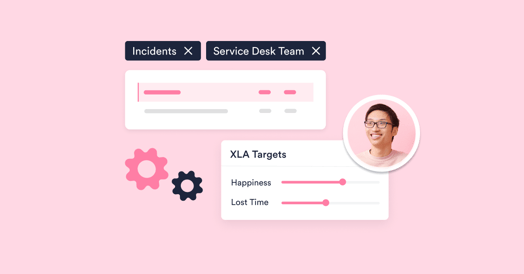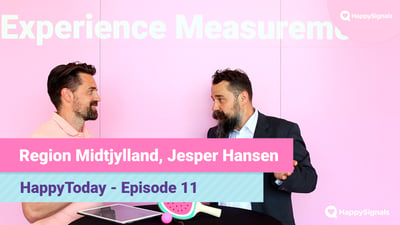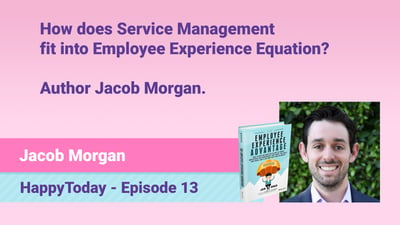Once your organization understands the benefits of experience management and experience level agreement (XLA) targets, it will probably need guidance on how best to introduce XLAs. This is not only the addition of new metrics and mechanisms for capturing performance, but also the need to introduce the XLA targets into contractual agreements. The latter can be a stumbling block for organizations as they seek to leverage the benefits of experience management in improving IT services and employee productivity.
To help, this blog looks at the four most common ways to introduce XLAs into an organization.
Choosing the right XLA introduction option
There are various options for an organization wanting to commit XLAs into a contract. Each option has pros and cons, with it important for your organization to choose the best method based on its capabilities and needs.
In terms of matching corporate capabilities, this reflects the customer’s and service provider’s experience management maturity. The greater the XLA experience, the more confident both parties can be in predicting the results for new XLA targets.
This is especially true for service provider organizations in outsourcing agreements, where the supplier will deliver the experience measures. Here, the more XLAs the supplier has delivered, the more confidence they can have regarding what they commit to with their customers. For example, when an organization (either the customer or the service provider) has run XLAs for a while, it will have a good benchmark of typical XLA results.
This XLA experience gives an organization a better understanding of people’s feelings about the IT services they consume. The organization will also know the current baseline well. It will, therefore, have greater confidence in committing to actual XLA targets when building XLAs into a contract.
The four most common XLA contractual options
There are four common approaches to the introduction of XLAs that organizations take:
- Committing to an XLA result. This option is where the service provider and customer focus on an actual XLA result score (or scores). The XLA commitment is to always perform above a certain level or, as with service level agreements (SLAs), committing that performance will be above the agreed level for a certain percentage of time. For example, that the XLA score will be above 7 for 90% of the time.
- Committing to a digital experience result. This option involves the service provider and customer focusing on an agreed digital experience score. Typically, these target scores have been framed as “out of 10,” but best practice is now moving to a percentage score. This means that the service provider commits to a level of digital experience and will aim to not drop below this target.
- Committing to improving experience. Unlike committing to an XLA score, with this option, the service provider and customer focus on experience improvement. The IT service provider commits to delivering continual experience improvements or never decreasing the initial experience level.
- Committing to delivering an experience management service. This last option is the most commonly adopted by IT service providers and their customers. Rather than committing to XLA scores or continual experience, the IT service provider commits to delivering the XLA or IT experience management process on a continuous basis.
As already mentioned, the approach that best suits your organization and its service provider (or customer) will depend on the XLA experience of the involved parties.
If you want to know more about the introduction of XLAs and which approach best suits your organization, please read the HappySignals How to Incorporate XLAs into Outsourcing Contracts white paper.




